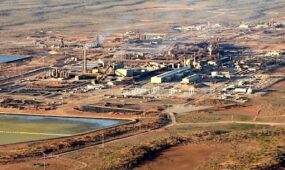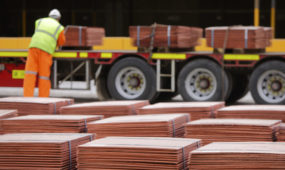Marmota strikes gold as tree-sampling technology yields results
Mining & Resources
South Australian drilling company Marmota Limited has identified new gold deposits in Goshawk territory and outside the discovery zone based on the biogeochemical testing of tree leaves for minerals.

Sign up to receive notifications about new stories in this category.
Thank you for subscribing to story notifications.
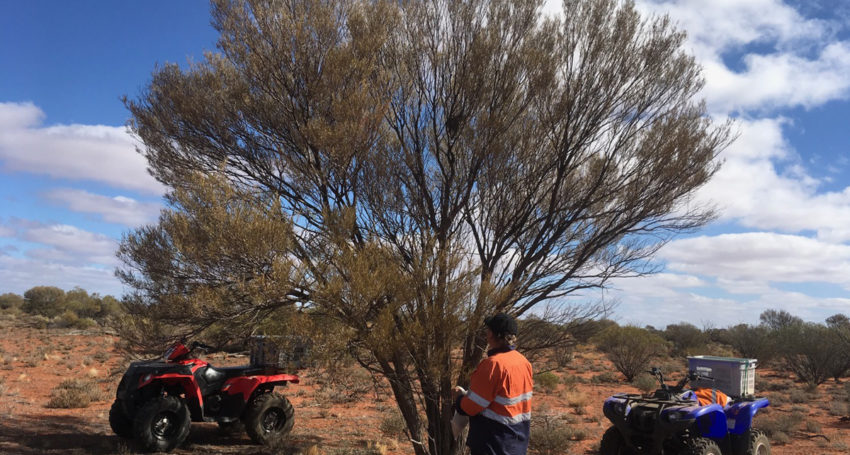
Recent results surrounding a December assay test at the Aurora Tank in the far north of South Australia has yielded levels of high-grade gold intersections – 88 grams per tonne of gold in existing areas. One gram of gold per tonne is considered to be commercial.
Marmota Limited has also identified new areas of prospective drilling due to R&D testing and the biogeochemical testing of leaves – also known as tree leaf testing.
Tree leaf testing, created by Australia’s science agency the CSIRO, analyses leaf and foliage samples for high levels of minerals like Antimony and Bismuth to detect gold. The test indicates that levels of gold particles in tree samples can sit on top of gold deposits.
Marmota collected over 329 tree samples over an elliptical zone of two kilometres at the Aurora Tank, which is 50km from the historical Challenger Gold Mine, which has a production history of one million ounces of gold.
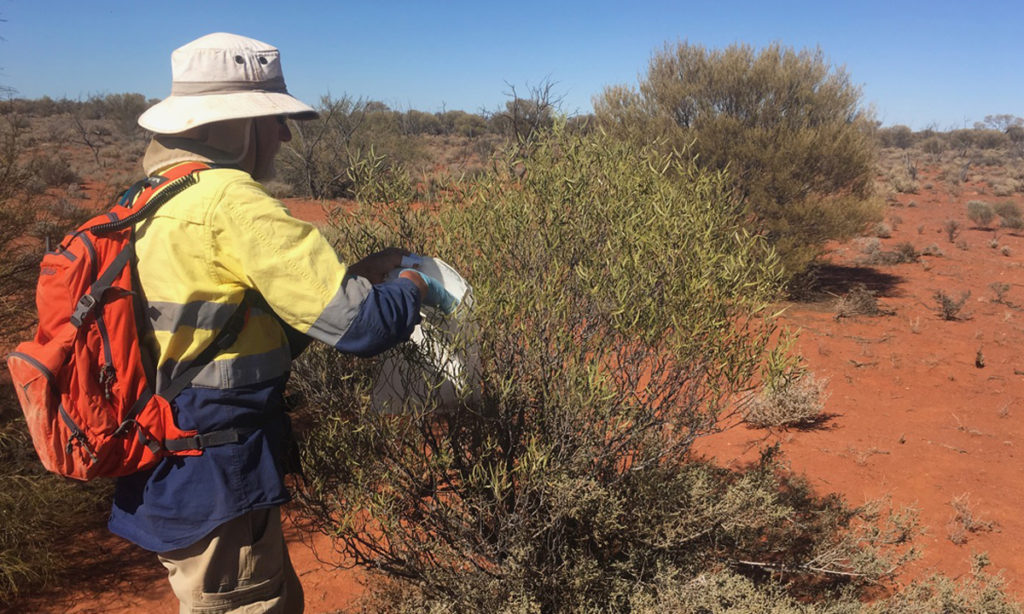
The sample results revealed a link between elevated levels of gold particles in tree samples.
Executive chairman of Marmota limited Dr Colin Rose said that the results for his company translate to prospective drilling opportunities.
“This report has identified a number of multiple new areas which are elevated that we have not done any drilling for,” Dr Rose said.
“I’m not saying that all of those areas are going to actually turn up gold discoveries, but for us it’s a very exciting development.
“However, we won’t know the results of what happens next until we do the next stage of drilling.”
The success of this biogeochemical technology in conjunction with other procedures, like the calcrete method, increase efficiency in the ore industry by reducing the need for drill holes.
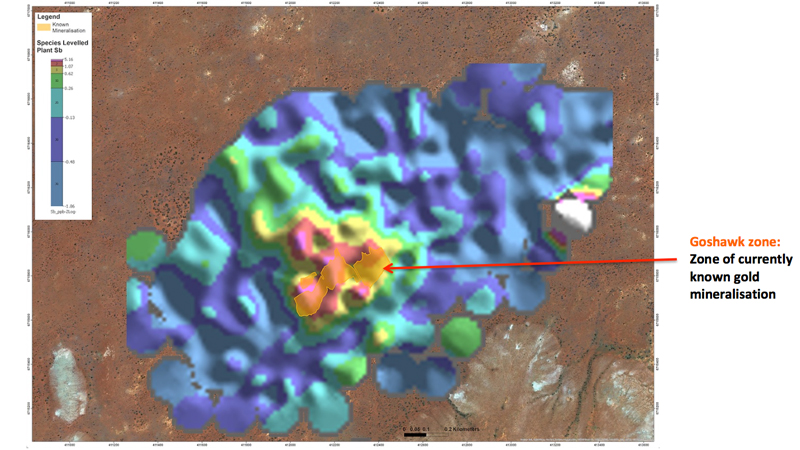
Dr Colin Rose explained that foliage in South Australia’s arid landscapes – like the Aurora Tank –retain samplings of these minerals because of the tree’s root system.
“Gold particles and other minerals are in the water and become mobilised,” said Dr Rose.
“They end up being sucked through the through the roots and into the tree leaves.
“You collect a sample of leaves, pulverise them in a machine, and then test them for over 66 elements. We then measure them for gold,” he said.
Dr Rose said he did not know when the next stage of Marmota drilling would commence but said this method of research was important to continue gleaning results.
“For us, one always has to look at more than one indicator of what might be underneath,” he said.
“We had been using the calcrete method, which has been very helpful to us – that was used to find the Challenger Gold Mine in the first place – but every method had potential ups and downs.”
“It’s always useful to have a suite of tools, like tree sampling.”
Jump to next article
